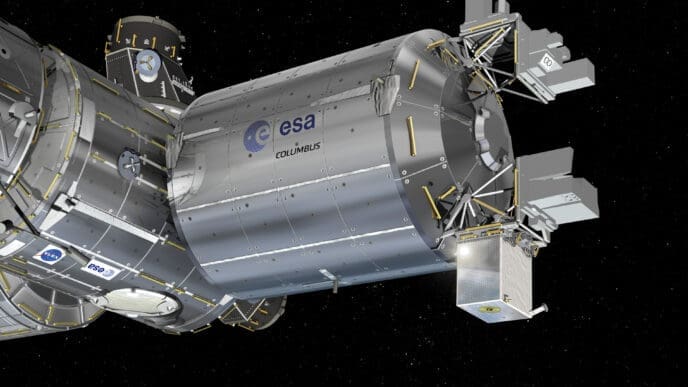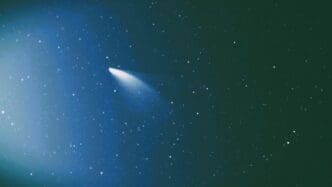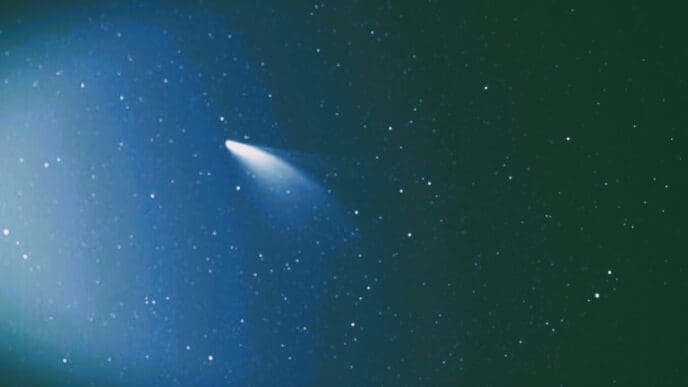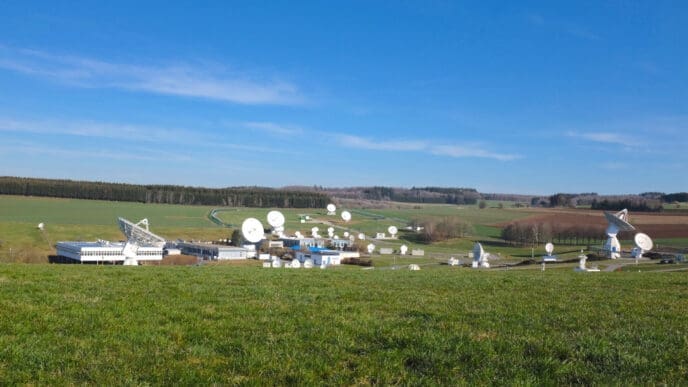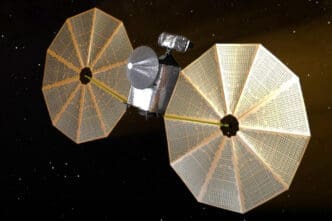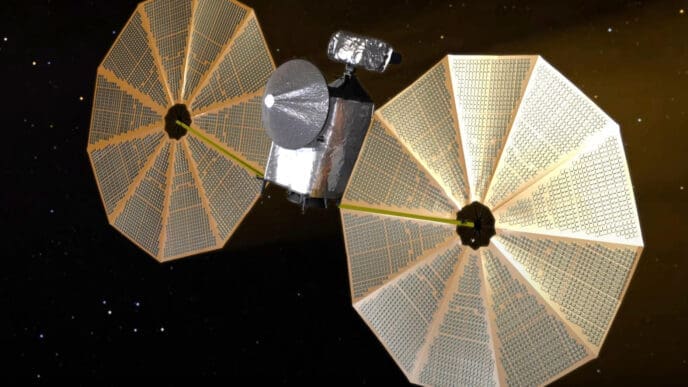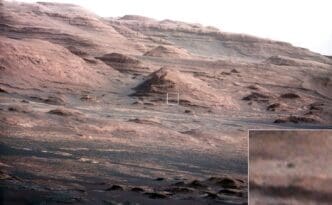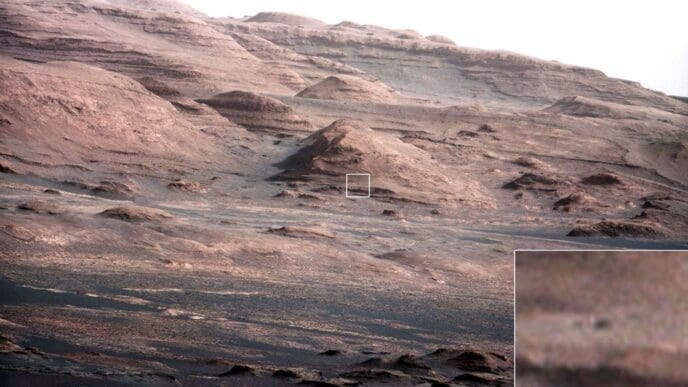Valentine’s Day has a new constellation in the sky, courtesy of NASA’s telescopes. With a cosmic bouquet that’s nothing short of dazzling, space enthusiasts have a reason to celebrate. Each star is a blossom in this universal floral arrangement, put together using groundbreaking X-ray, infrared, and optical data.
NASA’s telescopes have combined forces to capture the deepest X-ray image ever from a star-forming region known as 30 Doradus, alias the Tarantula Nebula. Located 160,000 light-years away, this space phenomenon offers insights into stellar birth and the power of the universe’s star-making factories. It’s a cosmic spectacle like no other – a testament to NASA’s exploratory prowess into the awe-inspiring vastness of space.
Starry Ingredients for a Cosmic Show
This cosmic bouquet is a masterwork assembled from data captured by multiple telescopes. The Chandra X-ray Observatory unveiled the deepest X-ray image ever seen of the vibrant star-forming arena, 30 Doradus. By adding in the optical insights from the Hubble Space Telescope and radio data from the Atacama Large Millimeter/submillimeter Array, NASA has pieced together a truly spectacular universal display.
30 Doradus: The Tarantula Nebula’s Starry Web
30 Doradus, also known as the Tarantula Nebula, lies in the Large Magellanic Cloud, a nearby galaxy. This powerful star nursery is teeming with life. Having fueled star creation for over 25 million years, Doradus is a pivotal cosmic playground for learning how stars come to be.
The region is home to some of the universe’s most novice stars, all roughly one to two million years old. To put it in perspective, that’s a fraction when you consider our sun’s mature five billion-year journey. These youngsters are vibrant, yet they’ve already left a mark on the universe through their powerful winds.
Stars That Sparkle and Shine
Riding on stellar winds, 30 Doradus’ young giants have shaped the nebula into a variety of cosmic artworks. Arcs, pillars, and bubbles abound, creating a spectacle for scientists and space admirers alike.
Nestled at the heart of the region are dense star clusters featuring the universe’s most gargantuan known stars. These vast entities are surrounded by X-ray clouds – a gaseous and glowing testament to the force of cosmic winds and past supernova events.
This enormous stellar nursery continues to create stars while the surrounding X-ray glow provides data on these stars’ births and their eventual journeys through the universe.
X-ray Imaging: A Glimpse into the Unknown
NASA’s Chandra program devoted an impressive 23 days of observation to 30 Doradus. The result? Thousands of X-ray sources revealing a mélange of massive stars and burgeoning double-star systems. This undertaking exceeded past imaging efforts by a considerable margin and unveiled new aspects of a vibrant cosmos.
Detecting 3,615 sources, the X-ray vision presents a puzzle of hot gas and cosmic winds sourced from both stellar formations and supernova remnants. It’s a map of cosmic evolution.
Thanks to Chandra’s observations, astronomers now have a clearer picture of how these stars interact and evolve, painting a more comprehensive mosaic of cosmic births and interactions.
Front Row Seat to Stellar Dynamics
These stars’ movements tell a fascinating story about life in such a bustling astral region. Within 30 Dor, many are part of dual systems that shift and dance over time. This is observable through fluctuations in X-ray brightness, offering clues about their inherent duality and broader star relationships.
Astronomers have found that even slight changes in brightness may signal massive energy exchanges. This gives new insights into stellar behavior and helps predict future dynamics within this galactic cluster.
NASA’s Chandra Program: Unveiling the Stars
The Chandra program, with management roots at NASA’s Marshall Space Flight Center, continues to unveil stellar secrets. Its in-depth studies of 30 Doradus have set the stage for future exploration and understanding of star-forming environments.
By capturing data from colossal X-ray clouds and diffuse gases, Chandra provides insights into the ongoing processes that nurture newborn stars. The large-scale program’s findings offer a bedrock for future astronomical endeavors.
A Galaxy of Future Discoveries
The expansive image collection from Chandra’s recent studies sets new benchmarks for observing diffuse X-ray emissions. These emissions are crucial in understanding formative star regions and predicting how galaxies like the Milky Way might evolve over time. It’s a treasure trove for scientists peering into distant cosmic origins.
With every pixel, discoveries emerge – from identifying new star formations to understanding the lifecycle of galactic materials. It’s a window to the past and a preview of what awaits in the cosmic future.
Cosmic Artistry: Nature’s Celestial Palette
The image portraying 30 Doradus is, indeed, reminiscent of a vast bouquet. Purple and pink hues swirl together, punctuated by traces of red and orange. This palette is nature’s canvas for young stars and cosmic winds.
The inner regions blaze bright with whites, indicating burgeoning star clusters, whilst surrounding clouds paint a serene yet exhilarating picture. It’s an artwork fashioned by the cosmos over millions of years.
Through the lens of advanced technology, this cosmic bouquet serves as a continuing reminder of the universe’s boundless creativity. Each discovery, much like each star, adds new dimensions to our understanding of the cosmos.




